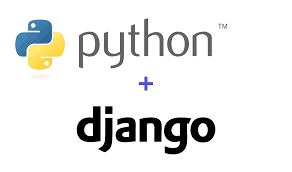
Christianto
More than 14 years experience doing development for large MNCs like Computer Science Corp, Deutsche Bank, Hewlett Packard. Graduate of Founder Institute (www.fi.com) 2014 , Singapore

This course aims to build a strong foundation in Django by building a web ecommerce site..
Django is a popular web application framework for the Python language. It is commonly used for rapid application development for web applications or mobile application backends. Example of popular sites using Django are Pinterest, Instagram, etc.
This course aims to build a strong foundation in Django by building a web ecommerce site. By the end of the course, participants are expected to be able to finish an ecommerce site with several features: user registration, authentication, update shipping address, adding products, integration with Stripe payment gateway.
This is a blended learning style, where participants will learn with face to face sessions, and self-paced online sessions. Self-paced session will be spread 15-30 mins per day. There will be evaluation at the end of each module, where result will be recorded and can be downloaded later for review.
Know basic Python, HTML, and CSS.
Setup
Introduction
Models
Database migrations in Django
Admin
Views
URLs
Templates
Authentication
User’s Profile
Third Party Application / Library
Writing tests
Installation (if time permits)

More than 14 years experience doing development for large MNCs like Computer Science Corp, Deutsche Bank, Hewlett Packard. Graduate of Founder Institute (www.fi.com) 2014 , Singapore
We will use Python 3.6 for this lesson.